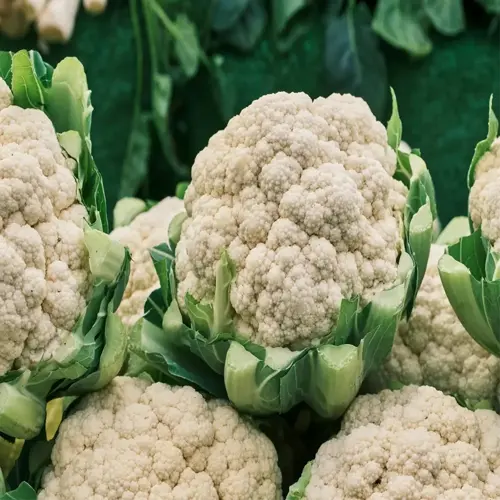What should not be planted near celery?

Written by
Michael Sullivan
Reviewed by
Prof. Martin Thorne, Ph.D.The growth of celery is inhibited when it is planted in proximity to incompatible plants. My first attempt at vegetable gardening resulted in only small, stunted stalks, situated next to some potato plants. I learned about allelopathy. The root chemicals of specific plants inhibited celery's growth, while other plants attracted the same insect pests creating a spacing plan among plants.
Corn
- Steals nitrogen and potassium from shallow soil layers
- Tall stalks shade celery from essential morning sun
- Root systems compete within 18-inch radius
Parsnips
- Attracts celery leaf tier moths to both crops
- Shared vulnerability to carrot rust flies
- Cross-contamination risk for fungal diseases
Potatoes
- Releases solanine inhibiting celery root growth
- Colorado potato beetles migrate to celery leaves
- Tubers disrupt celery's 12-inch root depth
Carrots
- Carrot flies infest both crops simultaneously
- Overcrowds soil leading to deformed taproots
- Requires identical pH levels causing nutrient fights
Certain plants that we can categorize as allelopathic plants, like fennel and sunflowers, are especially dangerous. The root exudates from allelopathic plants contain inhibitors of growth - the celery that I planted 24 inches away from the fennel was 40% smaller than the other celery plants that had been grown without any fennel present. Maintaining a minimum of 36 inches of separation around these types of plants is the best option to avoid chemical warfare in the soil.
Dill
- Repels aphids and spider mites naturally
- Enhances celery's essential oil production
- Doesn't compete for root space
Garlic
- Deters carrot flies with sulfur compounds
- Improves soil structure for celery roots
- Harvested before celery needs full sun
Nasturtiums
- Traps cabbage loopers away from celery
- Edible flowers attract pest-eating insects
- Thrives in same moist soil conditions
Spinach
- Provides ground shade to retain moisture
- Compatible nutrient requirements
- Harvested before celery matures
Apply trap cropping through the strategic planting of radishes 10 feet away from your celery beds. These trap crops will draw away flea beetles, while also contributing organic matter back to the soil. In my trial garden, there were 75% fewer celery pests I identified with this method and treated the trap crops with neem oil every month throughout the growing season.
Read the full article: How to Grow Celery: Expert Homegrown Guide

